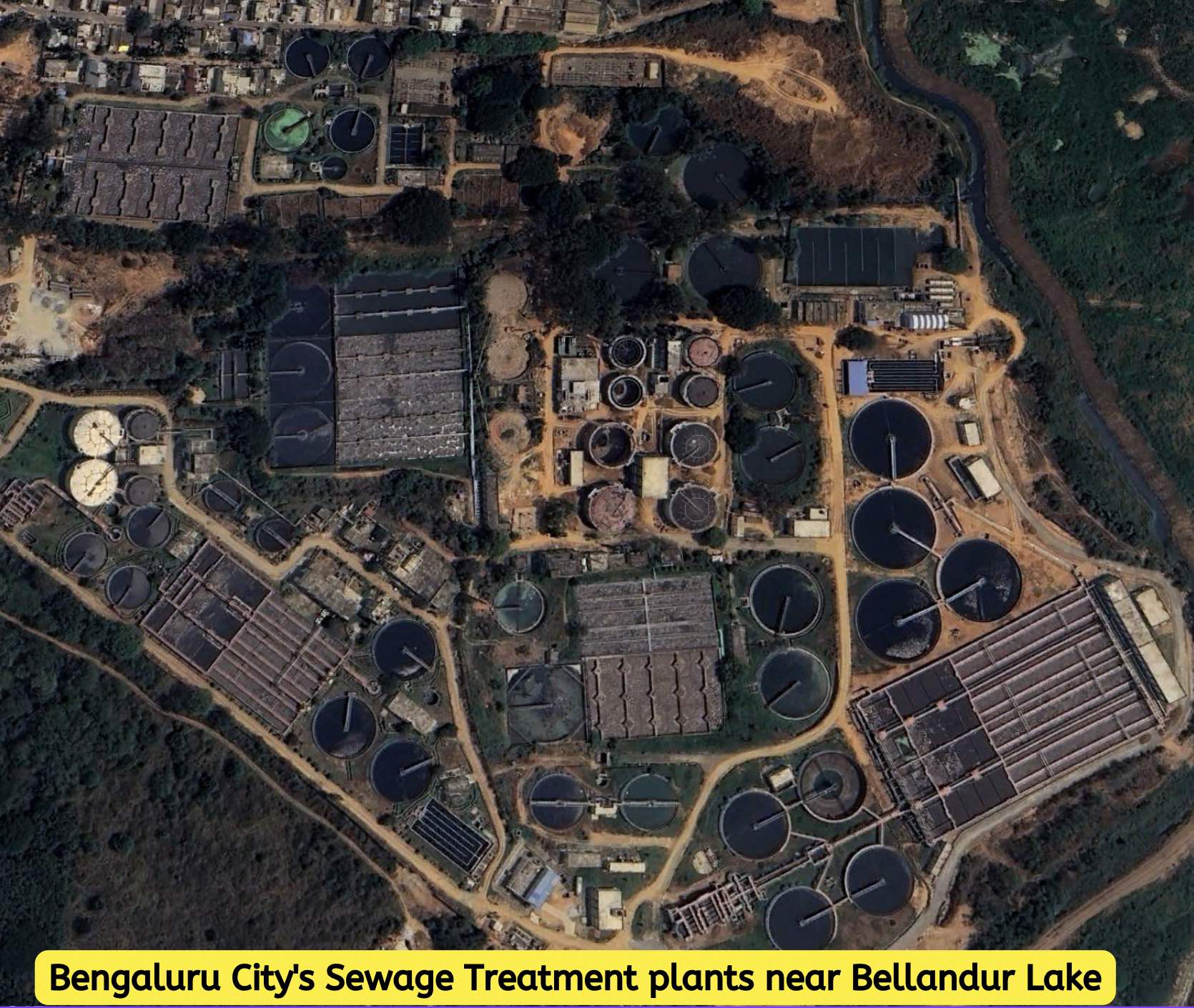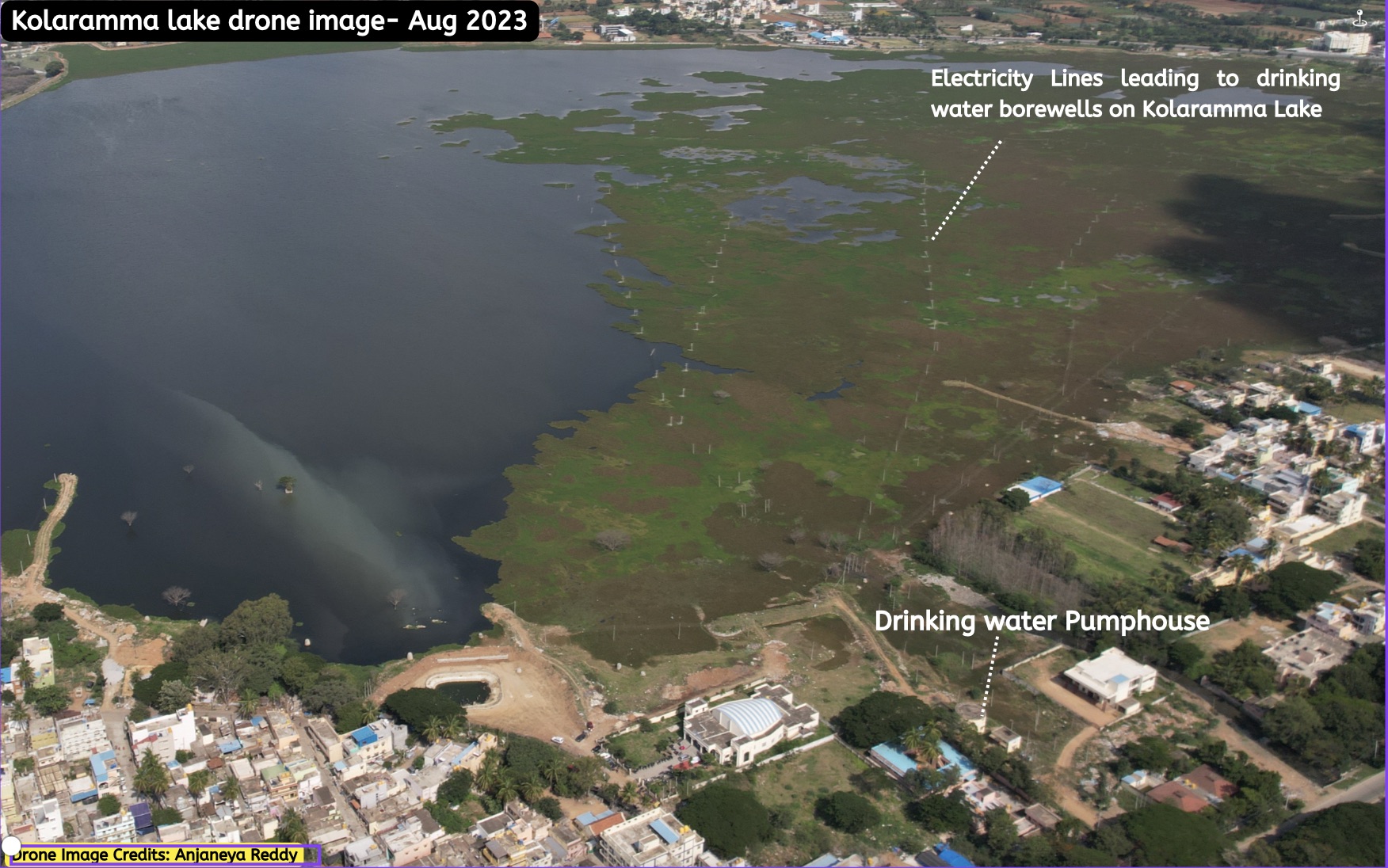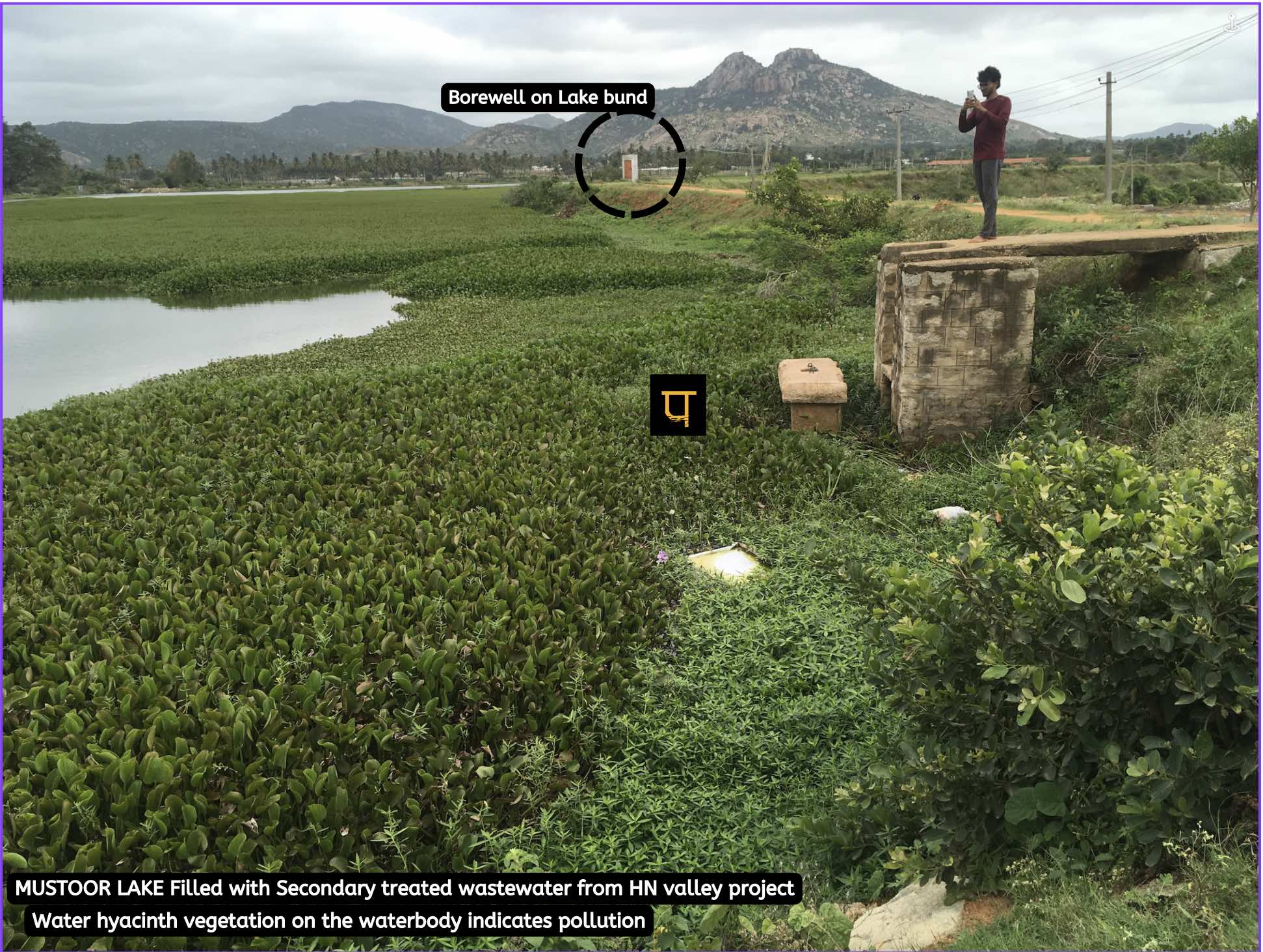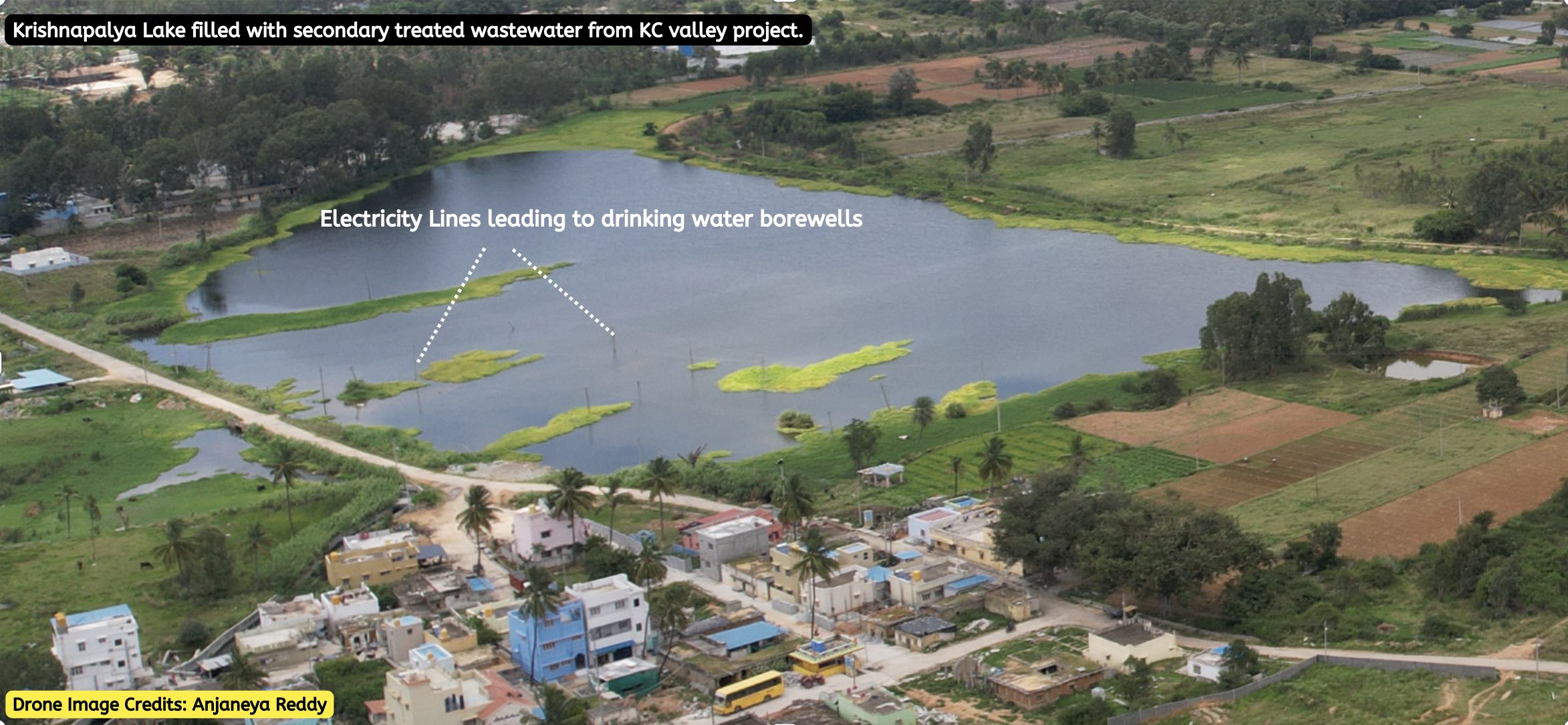Beyond the Surface: Hidden hazards of antibiotics & other Emerging Contaminants in treated wastewater
Updated Date: 01 Sep 2023
Emerging contaminants are pervasive chemicals not commonly monitored in the environment but can potentially enter the environment and cause known/suspected adverse human health and/or ecological effects at very low concentrations. Emerging contaminants like pharmaceuticals and personal care products are of great concern in treated wastewater reuse projects, as these enter the environment mainly via domestic use and don’t degrade easily. They persist for longer periods in the environment due to their stable structure.
Pharmaceuticals like antibiotics, hormones, anti-inflammatories (like ibuprofen and diclofenac), antidiabetic and antiepileptic drugs, blood pressure reducers, psychiatric drugs, cancer drugs etc. – undergo human metabolism in the course of normal use, resulting in excretion – down the drain disposal to sewage treatment plants. After regular use, many personal-care products, such as laundry and dishwashing detergents, go down the drain to sewage treatment plants.
Are sewage treatment plants equipped to remove these contaminants?

In 2013, Scientific American reported: ‘Only Half of Drugs Removed by Sewage Treatment’. It reported the findings of a study on the Great Lakes by the International Joint Commission, a consortium of officials from the United States and Canada.
Later in 2021, Horizon, The European Union Research & Innovation magazine, reported Professor Ad Ragas, an environmental scientist at Radboud University in the Netherlands and coordinator of the PREMIER project, as saying: ‘A lot of people think sewage plants clean water, but these plants were built to remove nitrogen and phosphates, not pharmaceuticals. These pharmaceuticals end up in the environment, along with other micropollutants.’
United States Geologic Survey (USGS) researches pharmaceuticals in water and says on its website: Another source of pharmaceuticals in stream water is you and me. Essentially, drugs that people take internally are not all metabolised in the body, and the excess ends up in our wastewater leaving homes and entering the sewage-treatment plants. It might sound surprising that these drugs could be detected in streams miles downstream from wastewater-treatment plants, but many plants do not routinely remove pharmaceuticals from water.
Over the past two decades, scientists worldwide have identified emerging contaminants in treated wastewater.

This is pertinent to India, especially Karnataka, where projects like KC valley are projected as harmless. The country’s environmental regulations does not require environmental impact assessment for such treated wastewater transfer projects. Neither the state nor the society has adequately examined the high-risk pollution aspects. Today, this model project is setting a precedent for other wastewater projects to ignore the high risk that emerging contaminants and other pollutants pose. The risk is even higher with the kc valley project’s sewage treatment plants breaching statutory limits.
Consider antibiotics. As a country, India consumes a high volume of broad-spectrum antibiotics, which are then excreted down the drain for disposal to rivers, lakes and sewage treatment plants. Since the sewage treatment plants do not remove these, they end up in the treated wastewater and are released into the waterways (Study 1, Study 2).
”Without knowing exact impacts, consistently seeing antibiotics show up in effluent is concerning. Even at low levels, you don’t want to have people ingest antibiotics regularly because it will promote resistance,” Scientific American reported Diana Aga, a chemistry professor and researcher at the University of Buffalo studying emerging chemicals in the Great Lakes.
India has the highest rate of antibiotic resistance. Peer reviewed study published in the Indian Journal of medical research reported: Injudicious use of antimicrobials and inadequate treatment of waste waters are important drivers of AMR in India. (AMR=Anti-microbial resistance)

When antibiotic-laden, poorly treated secondary wastewater is used for surface water storage and groundwater recharge by projects like KC valley, the potential for surface and groundwater contamination increases immensely. With groundwater being the sole drinking water source for the Kolar region, the threat of antibiotic contamination of drinking water exists because of the KC valley project.

For water-stressed Kolar, where treated wastewater becomes the major source, we must be greatly concerned about antibiotics and other emerging contaminants. We must urgently seek better treatment options and rigorous monitoring of pumped wastewater before Kolar makes the disturbing and irreversible transition from parched to polluted.

RIVER BASIN

DAMS & FLOW

POLLUTION

GROUNDWATER

STRAWS

BIODIVERSITY

RAINFALL FLOODS & DROUGHT

RESTORATION



